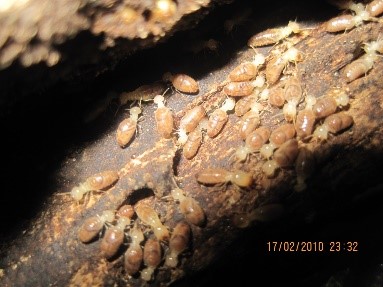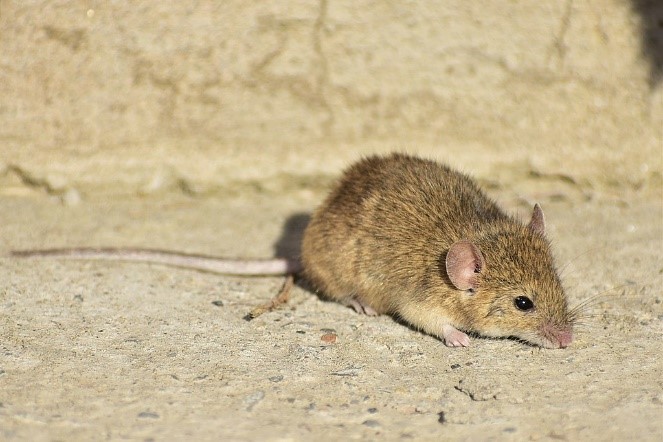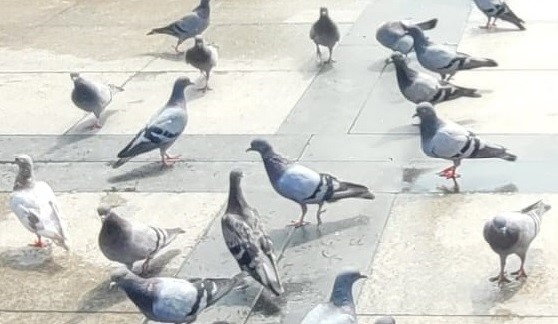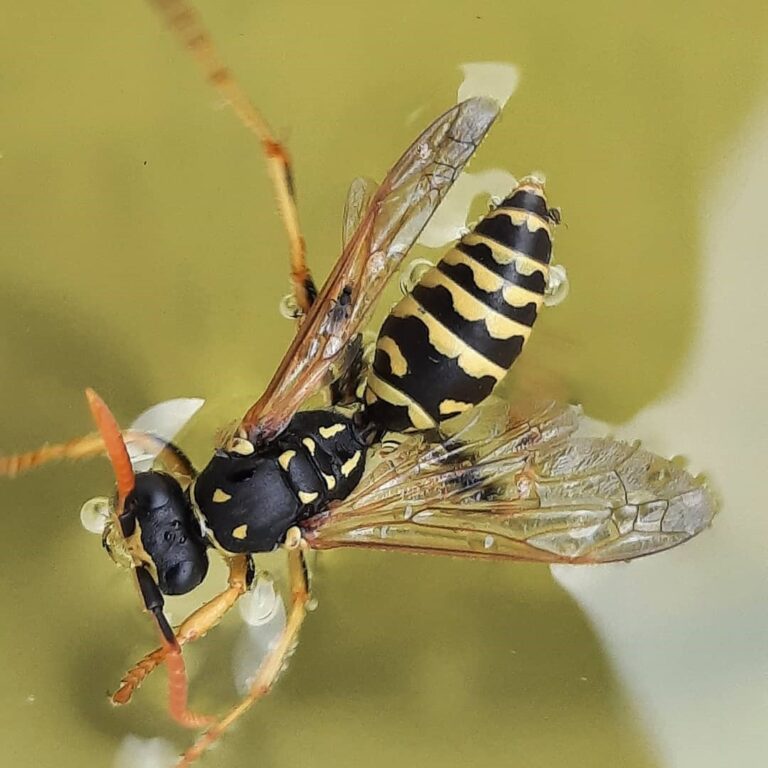Historical Buildings Industry
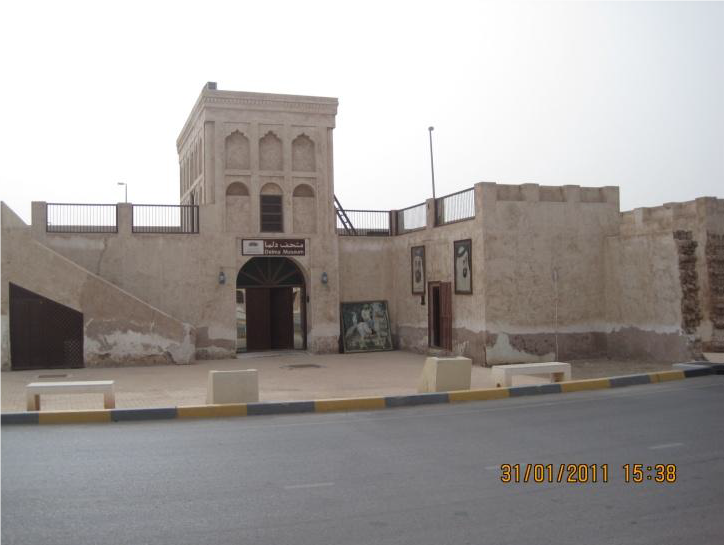
Many pests (mainly termites and other wood-destroying organisms (carpenter ants, beetles, and fungi) are among the main threads affecting historic buildings and sites. There are many wooden elements in historic buildings and sites which makes it essential to protect them from deterioration or failure. The effects resulting from these threats differ from visual impact, damage of elements, and structural failure affecting users’ safety and building safety. The internal environment of the historic buildings is a complex interconnected system. The extent of pest distribution and foraging within the building depends largely on the building’s internal environment. This includes the movement of air and water vapor and the transfer of heat. Regular periodic monitoring, as well as long-term preventive mitigation systems, are required across all historic buildings to identify pest infestation and provide a methodology for treatments.
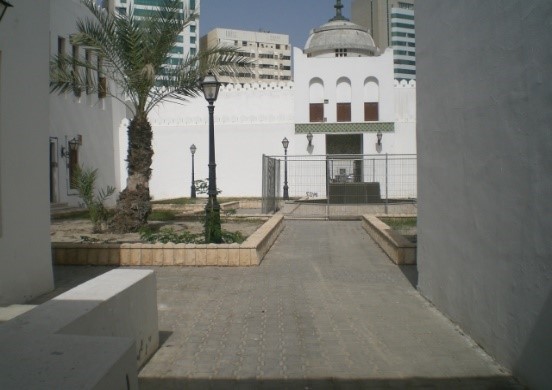
Pests Attracted to Historical Buildings:
Click on each pest to learn about its general description, life cycle, common characteristics, damages, and economic or medical implications.

